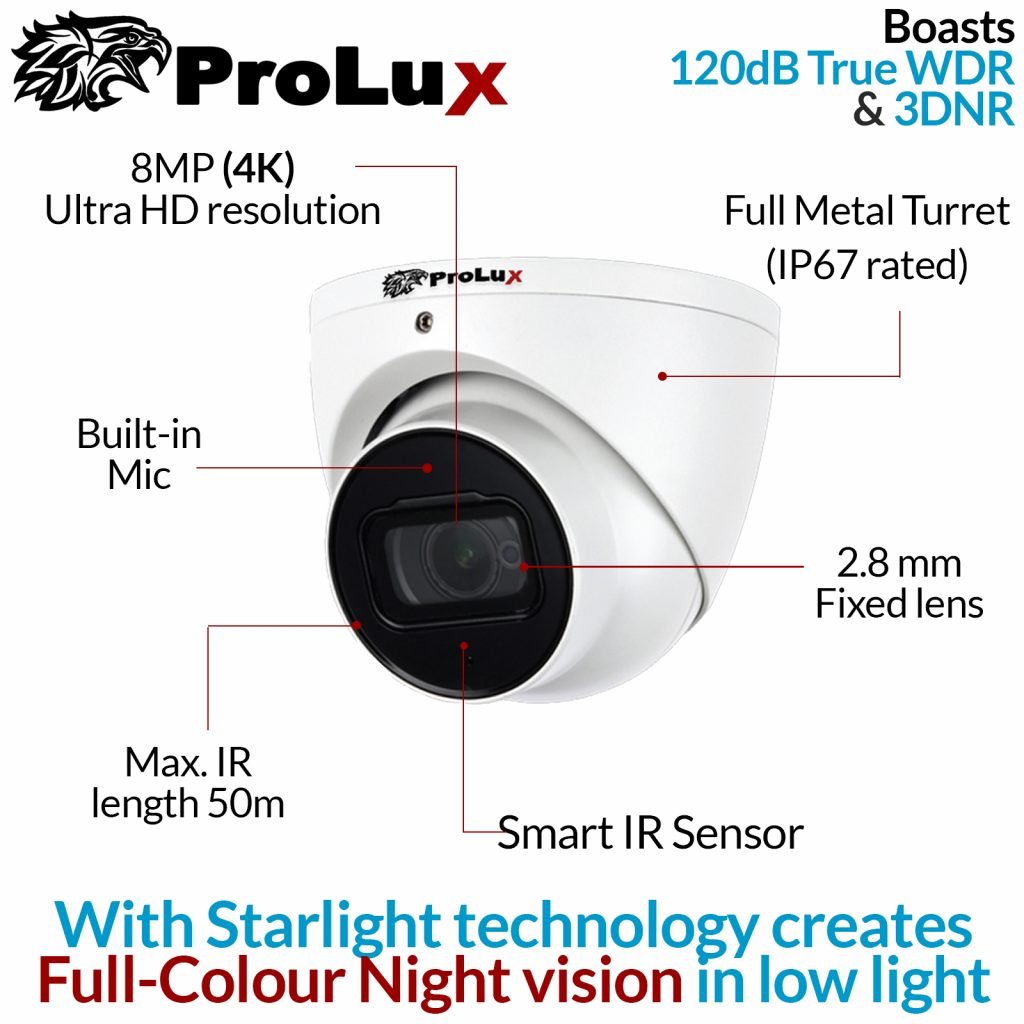What is Digital Noise Reduction?

Noise – essentially static, causes interference in the video signal. These manifest as black & white grains in the video recorded by the security cameras, making the video take on a grainy appearance.
Normally in the day CCTV cameras have enough lighting to produce video with very little noise. Unfortunately, with the nature of how camera sensors work; video noise is unavoidable. It becomes more apparent when there is inadequate or low lighting. This makes it difficult for the camera to distinguish different colours/contrasts. All of this will create more noise in images as the sensor finds it difficult to produce a clear image; making the video take on a more grainy look.
Noise can also be caused by a nearby power interference, heat, or device algorithms.
Through the years of technological advancement, digital noise reduction was created and has been refined. Keep reading to learn about Digital noise reduction and the different types available in today’s Security surveillance cameras.
The different types of Digital Noise reduction
2D DNR – Temporal Noise Reduction
The first method produced thats still around to remove noise is 2D DNR (2D Digital Noise Reduction).
This is a form of temporal noise reduction. It works by analysing pixels in a frame and comparing them as part of the overall sequence. Then it looks for anything that doesn’t look consistent like artifacts and repairs them.
This is effective for basic purposes but has disadvantages.
Temporal noise reduction (2D DNR) is prone to creating bad motion blur (blur trails) when there is some movement. This affects video clarity & quality and makes surveillance difficult.
Going up in resolution, the effectiveness falls much shorter than 3D DNR which we’ll discuss now.

3D DNR – Spatial Noise Reduction
Another technology developed further on was 3D Digital noise reduction. This is a form of spatial noise reduction. 3D DNR is algorithm powered. It removes noise by using this algorithm to compare pixels in each frame individually and to compare frames to one another.
There are some clear advantages to using spatial noise reduction.
3D DNR works much better at removing noise from low-light videos.
It also works much better with movement caught in the frame of the video; meaning even quick moving objects will remain clear and without motion blur.
Due to it being controlled by an algorithm, it is much more capable of handling high resolution videos to produce crystal clear footage’ even in inadequate lighting conditions.


Check out the Prolux 620 Series cameras. All of them come with the more advanced 3D DNR and Wide Dynamic Range. (Read more about that HERE)

We hope you better understand Digital noise reduction and how it can help you
Till later,
~ Ali Azizi
HDSecure Team













